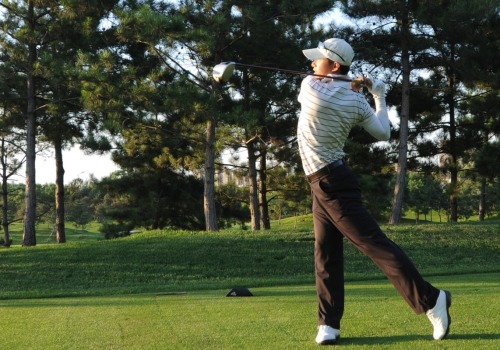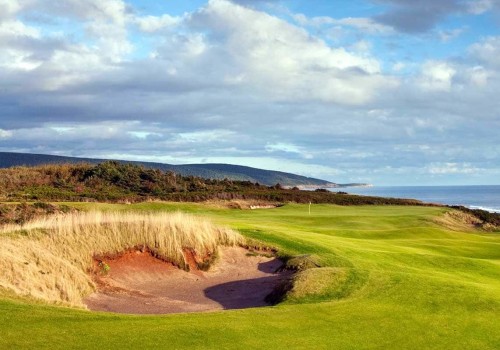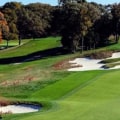For those who are not required to self-isolate in the coronavirus pandemic, golf can still provide health-improving physical activity and safe social interaction. What I'd like you to learn from these conclusions is that it's not an all-or-nothing topic, that being outdoors isn't 100 percent safe or inevitably dangerous. When you head out to play golf, your actions can determine your safety. As of May 17, 95% of golf courses in the United States were open for play, according to the National Golf Foundation.
The purpose of this narrative review was (to explore literature related to the health benefits and risks of playing golf during the COVID-19 pandemic) and (to provide recommendations on golf-related activities based on the relevant available literature). US governing bodies revealed on May 5 the new Back 2 Golf guidelines that share best practices for golf course operators and players. There are documented cases of transmission that have occurred after outdoor conversations or large group meetings; it is certainly possible to transmit the virus while playing golf. Woods has also played a role in another potential factor in increasing golf's popularity: diversity.
While golfers and community golf clubs may not have the resources available to organizations such as the European Tour, much of the success in suppressing the transmission of COVID-19 is likely due to strict compliance with simple measures that had previously proven effective, such as social distancing, wearing masks, reducing indoor time and good hand hygiene. Professional golf has demonstrated that virus transmission can be low with established protocols despite international travel and multinational participation. However, Edwards et al51 showed that only 0.74% of the COVID-19 virus was recoverable within 1 minute with a high inoculum content when applied to a variety of sports equipment (including a golf ball). These include social distancing with other golfers on the course and in your group, not sharing a golf cart unless it's with a close family member you live with, not shaking hands after the round, and not socializing at the club headquarters afterwards.
Frazier said that, unless he sees golf grow younger, he feels an air of enjoyment from all ages in the facilities. The authors describe measures that can be implemented to reduce the risk of transmission in sport and suggest that they could be applied to local competitive golf58 and are supported by the United Kingdom's Pan-Parliamentary Golf Group, R&A and the United States Golf Association. Former great golfer and course designer Jack Nicklaus even suggested, among other things, expanding the hole to speed up the game or dividing the 18-hole courses into three six-hole courses instead of two nine-hole courses to allow players to play 12 holes and thus spend less time at the club. The risk of transmission when playing golf is likely to be low, in part because it is played outdoors and lends itself to social distancing.
Despite the recent uptick in popularity, professionals in the golf industry are still looking for innovative ways to attract newcomers to the sport or make it more enjoyable for those who already play it. A piece may not only tighten the swing arm, but also transfer tension to the postural spine and cause injury (this may occur more often after a two-year golf break).






